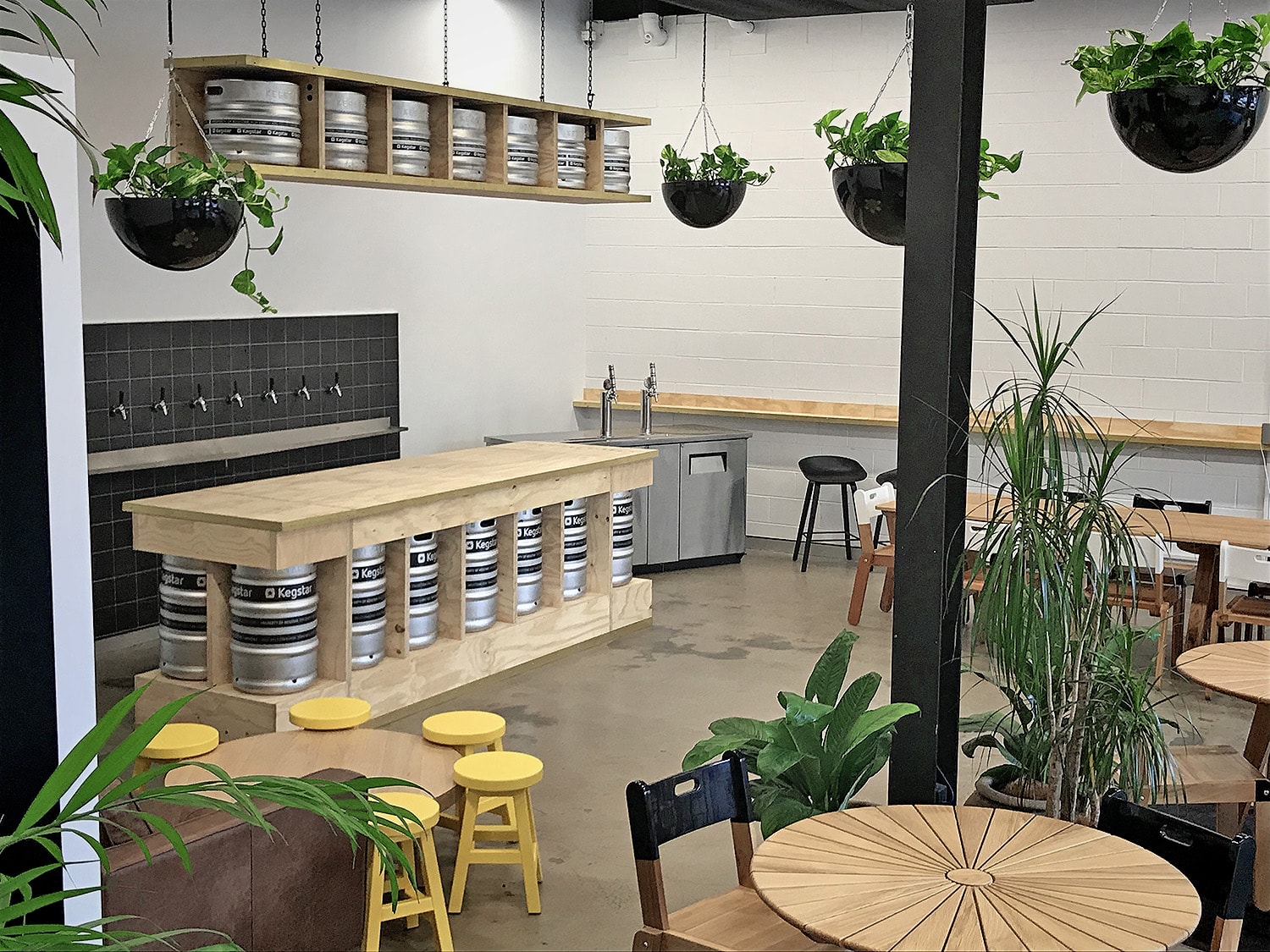
In Australia, nearly 18 million people have started growing indoor plants in their homes and offices. Australians are looking at indoor plants as a way to connect with nature. There is an increasing concern for the rapidly changing climatic and the natural environment. Hence, people are actively looking for ways to nourish nature.
Generally, every Australian spends about 42 hours a week at work. Several studies have found that indoor air is more polluted than outside air. But, having indoor office plants is a simple and attractive way to clean up this air inside. Chemicals known as Volatile Organic Compounds (VOCs) are the primary indoor air pollutants. These chemicals are emitted from various office items, including wall panels, carpets, wood furnishings, products, and paints. It significantly reduces indoor air quality. Carbon monoxide and carbon dioxide are also a threat in this term.
Plants can remarkably lessen both carbon dioxide and VOCs from the air. Their reduction means greener, cleaner, and more productive offices. A study that worked on the long-term effects of indoor office plants found that the workers in greener surroundings were more involved and productive than the others. There was an increase of 15% in their productivity after placing indoor plants in their offices.
Table of Contents
1. Visual Benefits
Indoor plants come in varying and rich shades of green. They also provide a visually-meditative experience. This eventually leads to a healthier and happier state of mind in workers, which is the key to improve call center efficiency productivity. Having indoor plants in the office can provide, both employees and customers, a visually upgraded perception of the space. An office packed with vibrant green spaces will also convey an optimistic brand image to customers and visitors.
2. Reduced Stress
A study conducted by the New University of Technology in Sydney found that employees with indoor plants in their office reported 40-60% decrease in stress levels within three months of their arrival. Several other studies have proved that indoor plants can lessen other negative emotions like anxiety, anger, and depression. Indoor plants can also reduce blood pressure levels.
3. Reduced Noise Levels
Plants play a significant role in reducing noise pollution across interstates and highways. Similarly, plants in a work environment can alter room acoustics by lessening reverberation. Placing indoor plants in areas with rigid surfaces like hardwood floors, marble, and concrete walls will productively absorb noises that can be disturbing or distracting to employees and affecting their productivity.

4. Decreases Sickness Rates and Enhances Physical Health
Office spaces with indoor plants frequently report lesser staff absence and sickness. It’s common for employees to take some time off from work due to both mental and physical health issues. So it is evident that by improving the overall health and welfare of the employees, the absence of employees due to health issues can be reduced. The green building council of Australia stated that indoor plants could lessen sick-leave absence up to 60%.
5. Greenery Encourages Creativity
Nature has been inspiring and encouraging creativity for decades now. This concept, when applied to workplaces, will have a positive impact on employees. An eight-month study conducted by a university found that employees working in a workplace with plants generated 20% more ideas, developed more creative answers to problems, and exhibited more innovative ideas than those in workplaces with no plants. Office plants also effectively increased creativity in employees.



